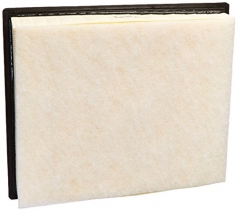-
Welcome to Tundras.com!
You are currently viewing as a guest! To get full-access, you need to register for a FREE account.
As a registered member, you’ll be able to:- Participate in all Tundra discussion topics
- Transfer over your build thread from a different forum to this one
- Communicate privately with other Tundra owners from around the world
- Post your own photos in our Members Gallery
- Access all special features of the site
P0171 P0174: Those pesky lean codes!!!
Discussion in 'Performance and Tuning' started by Broken_Taco, Sep 25, 2018.
Page 1 of 2
Page 1 of 2


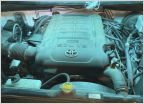 2016 Tundra CM Spark Plug Replacement - 5.7L V8
2016 Tundra CM Spark Plug Replacement - 5.7L V8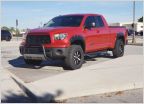 What leveling/lift kit do you recommend for 2019 tundra
What leveling/lift kit do you recommend for 2019 tundra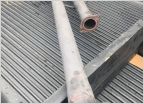 Exhaust hardware?
Exhaust hardware?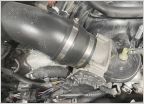 How to: Throttle Body Coolant Bypass with Ball Valve
How to: Throttle Body Coolant Bypass with Ball Valve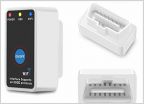 Code reader for 2015 Tundra
Code reader for 2015 Tundra Ba muffler question
Ba muffler question






























